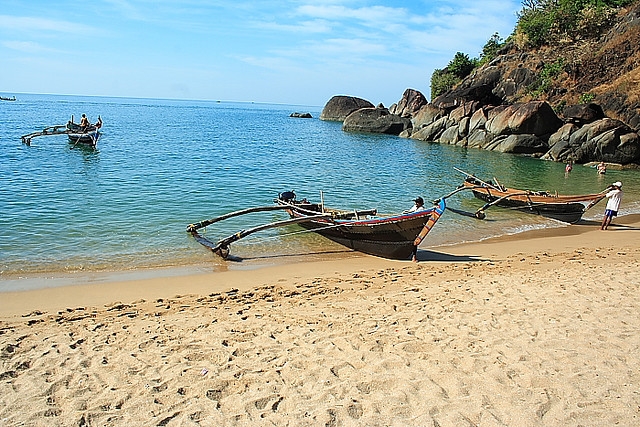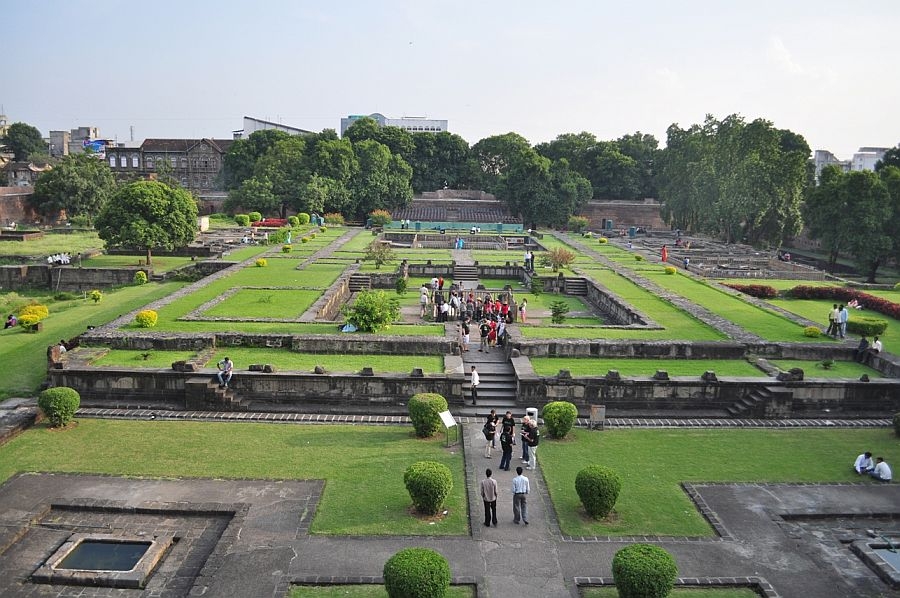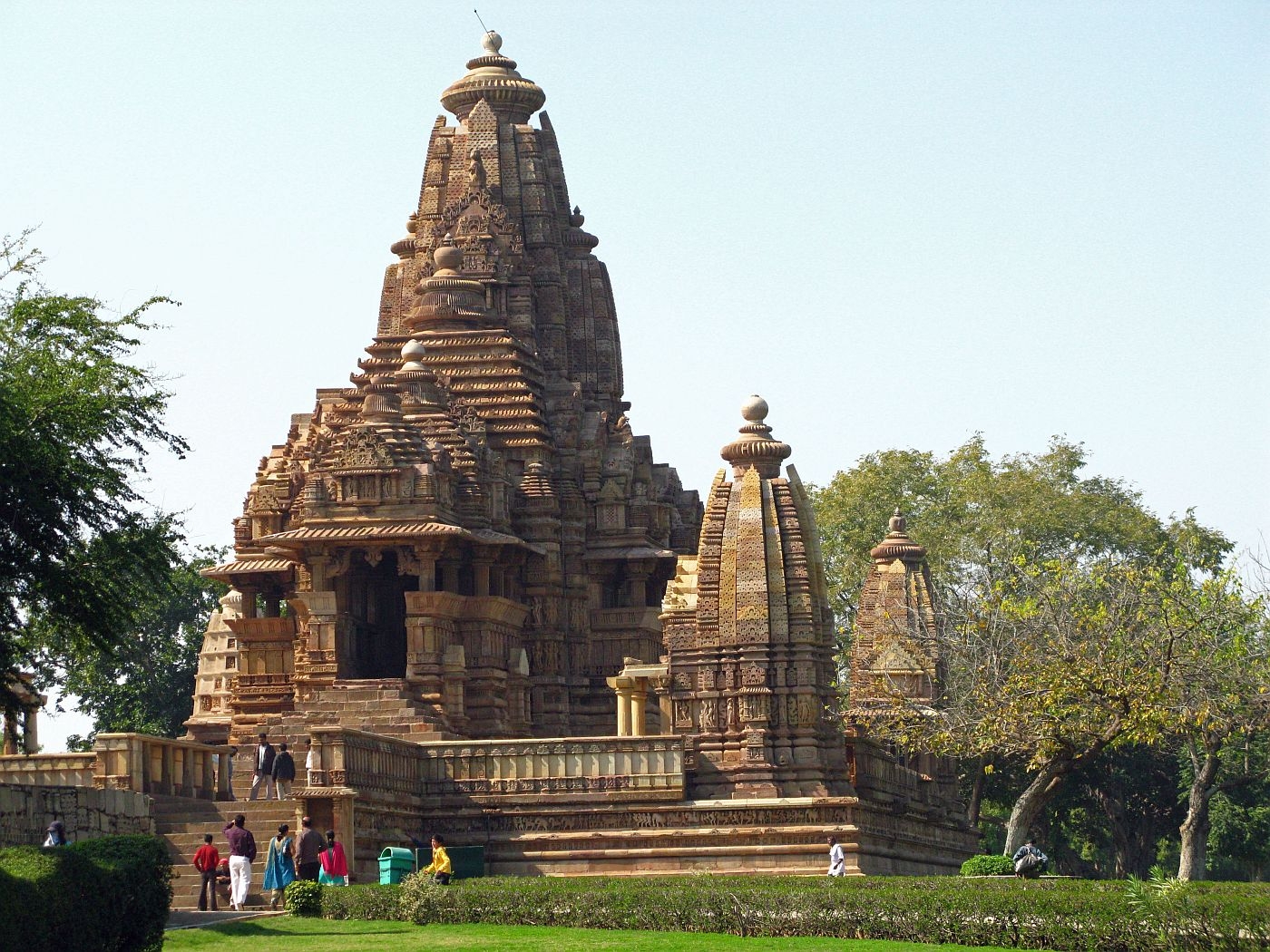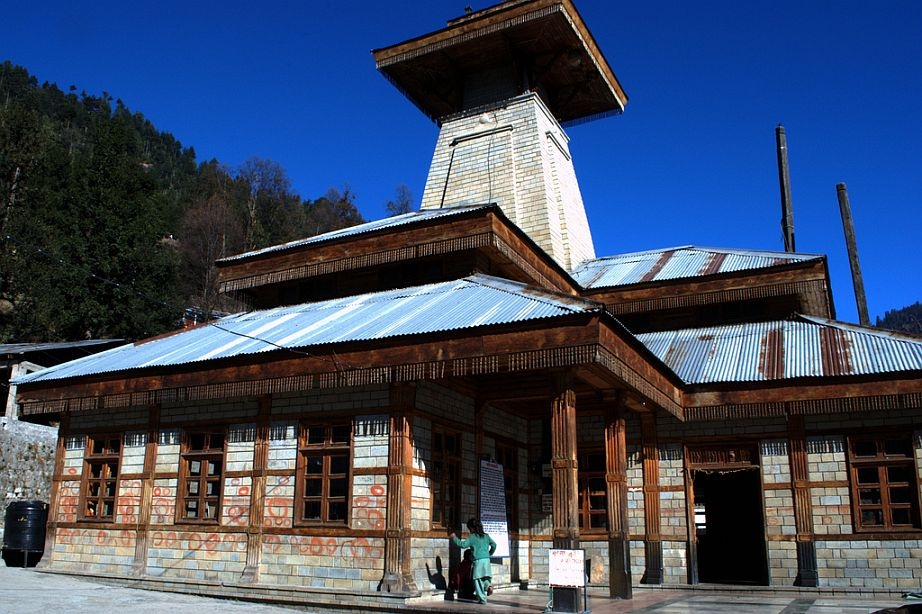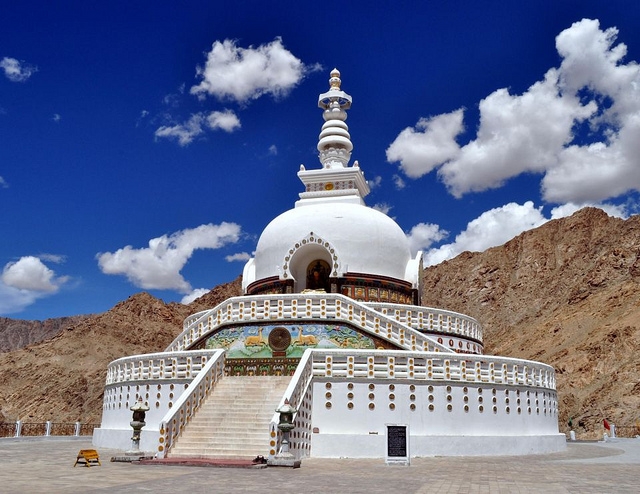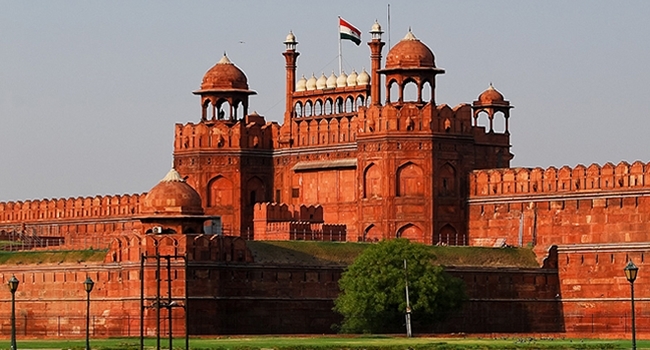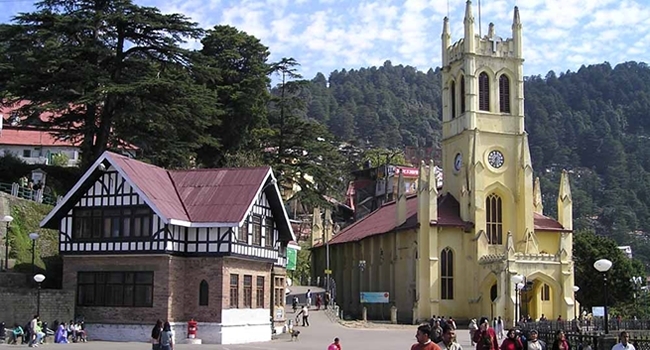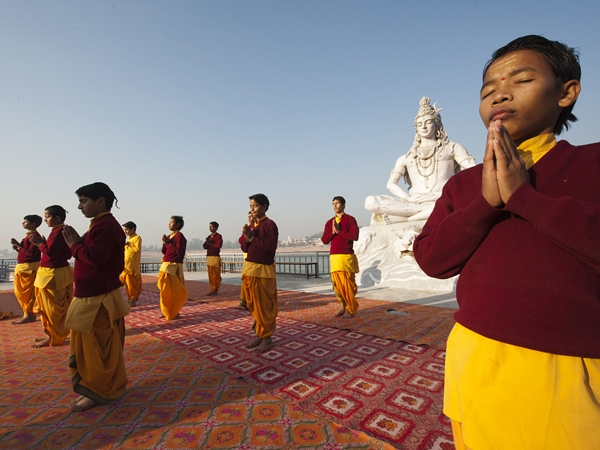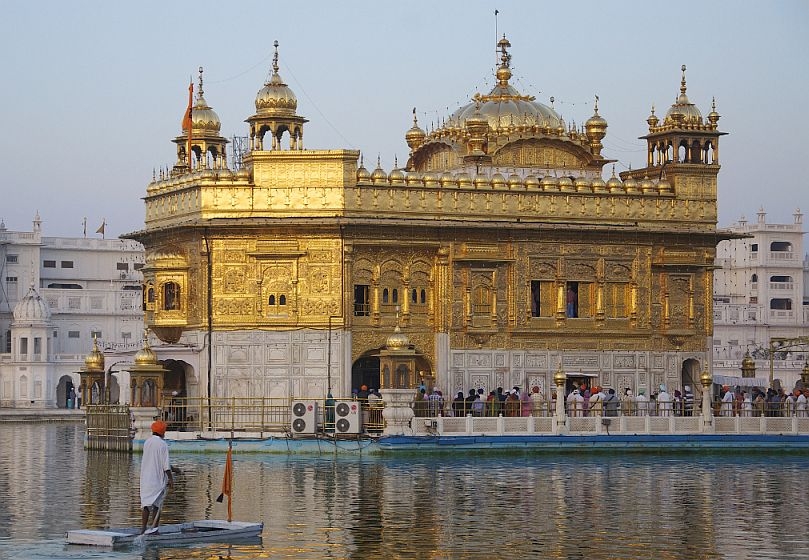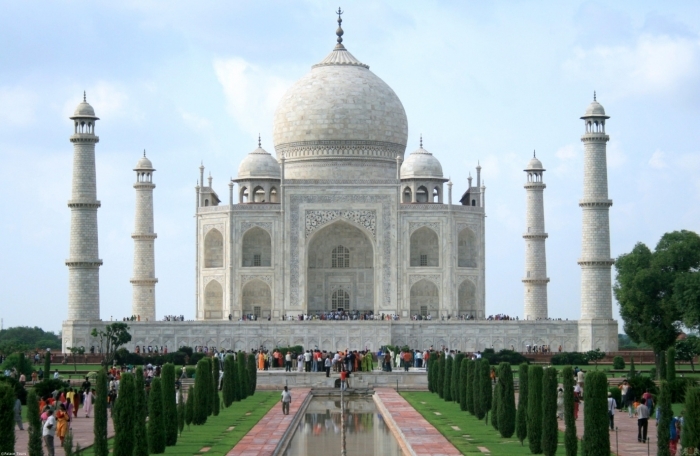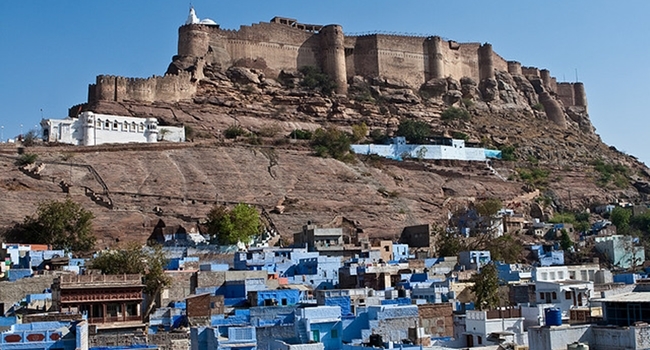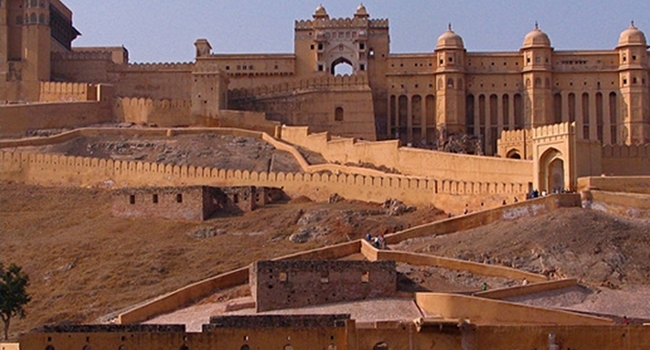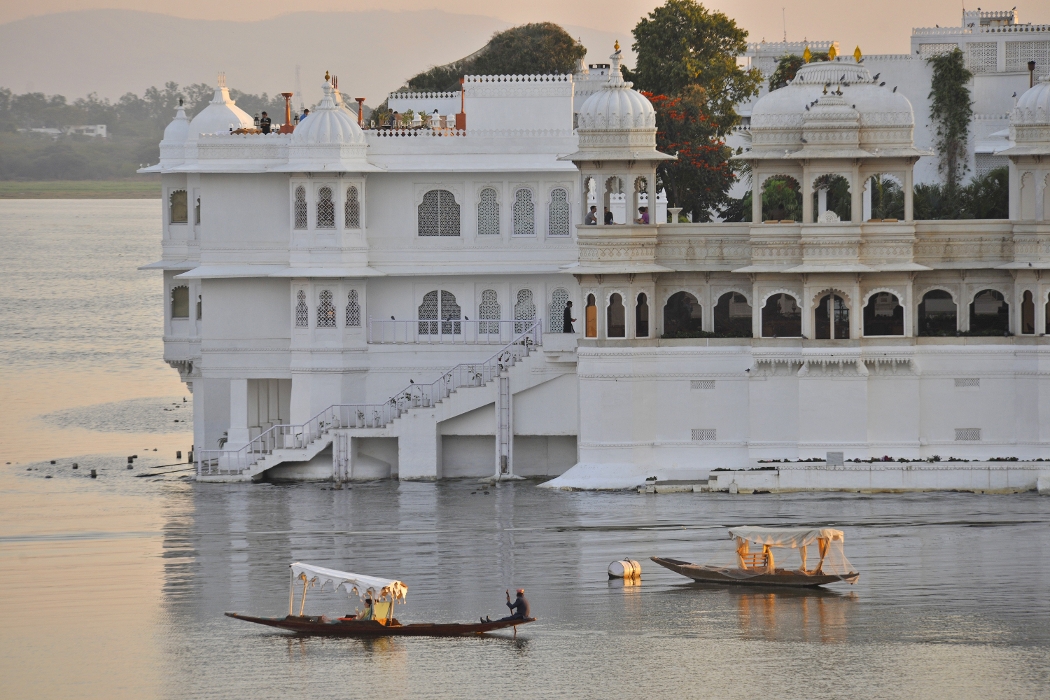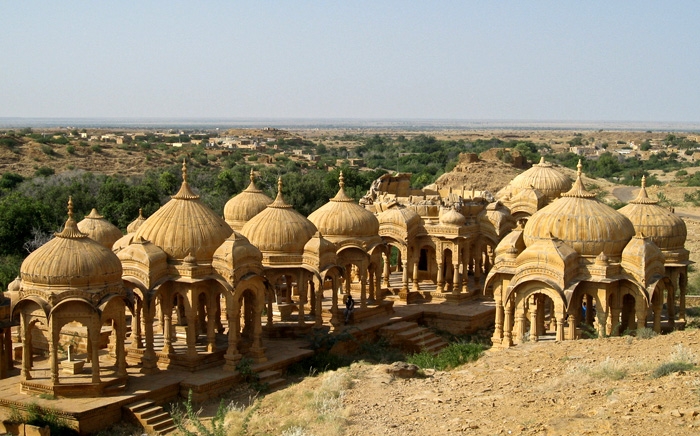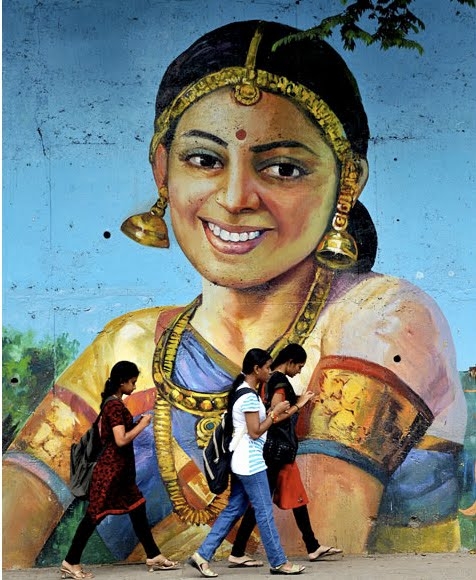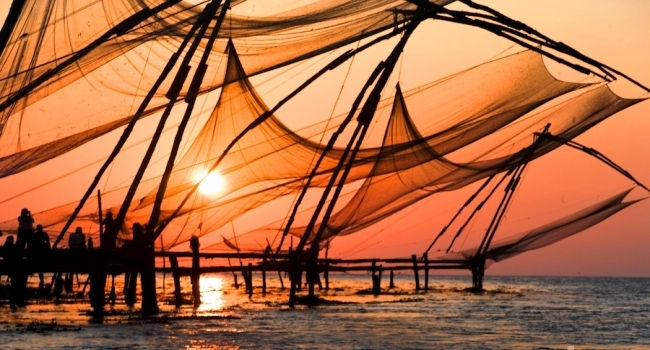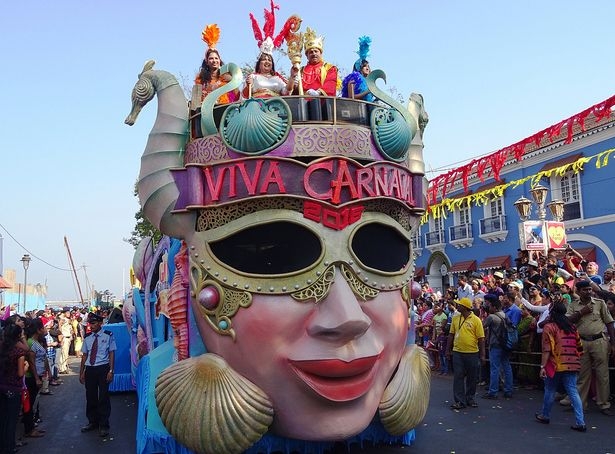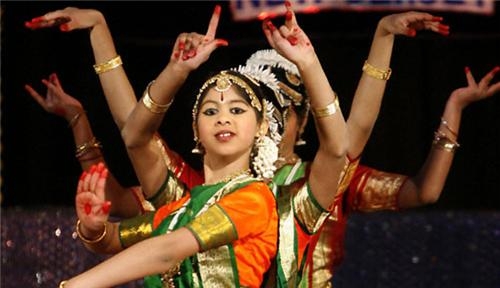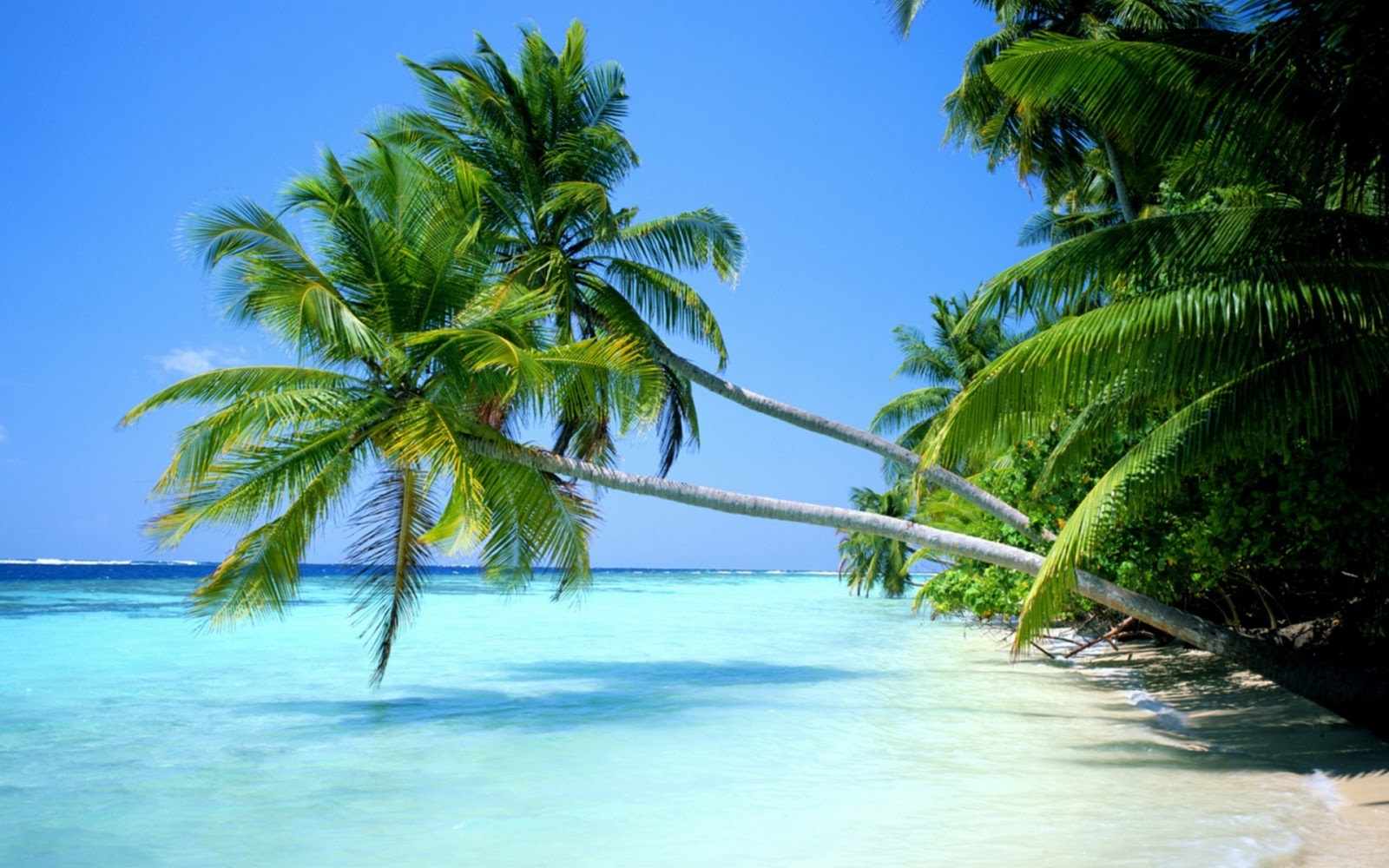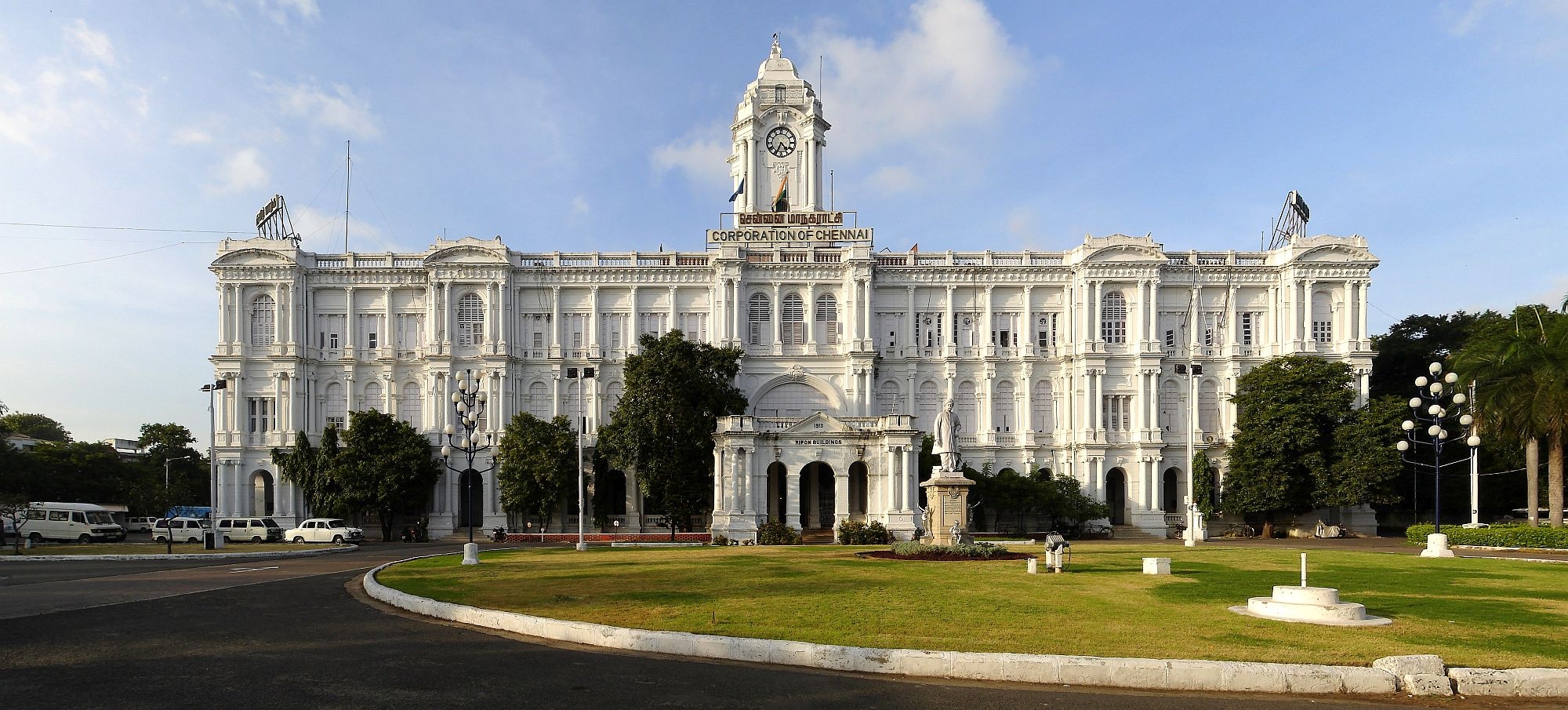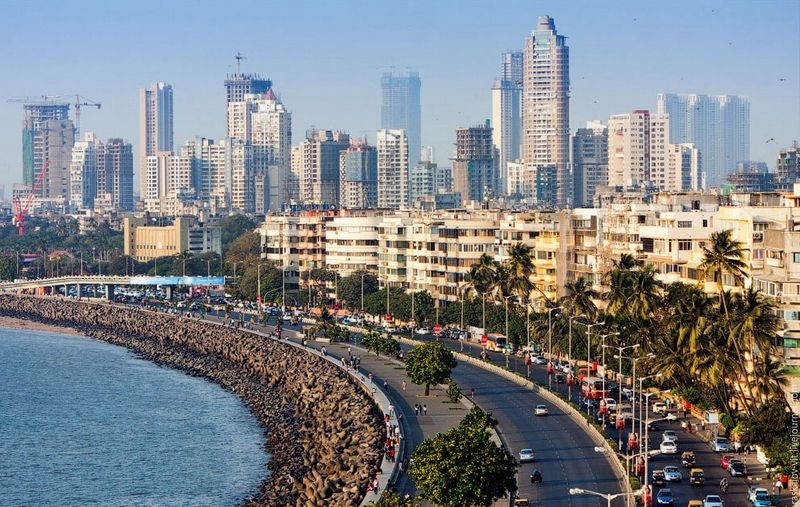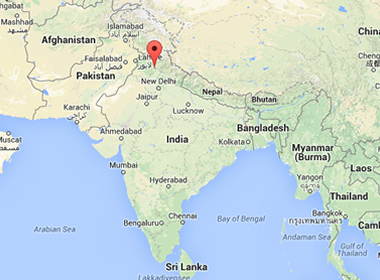
Ganesha Chaturhi is an annual 10-day Hindu festival celebrating the birth of the god Ganesha. Ganesha Chaturthi Festival is observed in the Hindu calendar month Bhaadrapada starting on the fourth day of the waxing moon period. The date usually falls between August and September. This year the festival falls on September 17.
Ganesha is known by 108 different names and is the Lord of arts and sciences and the deva of wisdom. He is the younger son of Lord Shiva and Goddess Parvati. Ganesha is depicted with an elephant head.
There are several stories associated with the birth of the god. One of those is that Shiva's wife Parvati, created Ganesha out of mala (dirt) off her body while having a bath. She breathed life into the figure and asked him to guard the door while she bathed. When Shiva wanted to enter the room Ganesha didn't allow him as he didn’t know him. After the combat angry Shiva severed the head of the child. Parvati seeing this became enraged and Shiva then promised that her son will be alive again. The devas searched for the head of a dead person facing North, but they found only the head of an elephant. They brought the head of the elephant and Shiva fixed it on the child's body and brought him back to life. Lord Shiva also declared that from this day the boy would be called Ganesha, the Lord of Ganas.
The festival is celebrated all over India. It is celebrated with big zest in the South and Western part of the country. The festival is especially popular in the states of Maharashtra, Karnataka, Telangana, Tamil Nadu, Kerala, Andhra Pradesh, Goa and Odisha. During the festival, colourful pandals (temporary shrines) are setup and the Lord is worshiped for ten days. Artistic clay models of Lord Ganesha are made by skilled artisans depicting Lord Ganesha in vivid poses. The priest invokes the presence of Ganesha using the statue as a channel, or body for his energy by chanting mantras. After this the ritual called 16 ways of paying tribute follows. Coconut, jaggery, modaks (sweet dish), durva (trefoil) blades of grass and red flowers are offered. The statue is anointed with red unguent, typically made of kumkum and sandalwood paste. Throughout the ceremony, Vedic hymns are chanted.
The main sweet dish during the festival is the modak (a dumpling made from rice flour/wheat flour with a stuffing of fresh or dry-grated coconut, jaggery and dry fruits. It is either steam-cooked or fried). The plate containing the modak is supposed to be filled with twenty-one pieces of the sweet.
The festival was celebrated as a public event since 17th century but it only came to its grand scale in the 19th century when Lokmanya Tilak changed the festival from a private celebration to a grand public.
Lord Ganesha is also worshiped in Thailand, Cambodia, Indonesia, Afghanistan, Nepal and China.
Most Popular Destinations |










